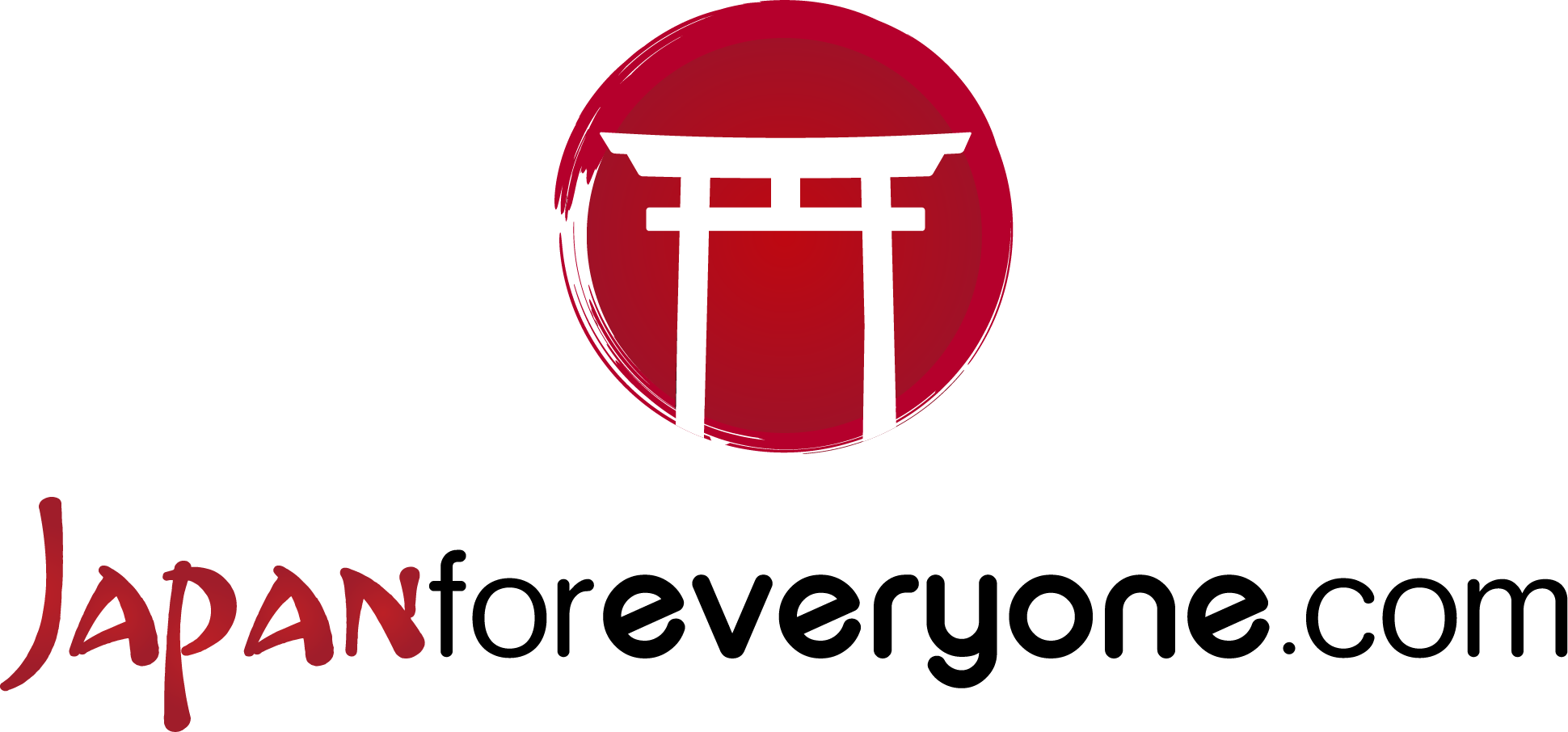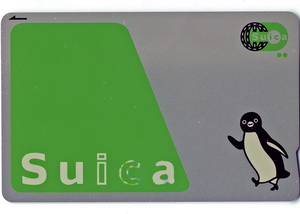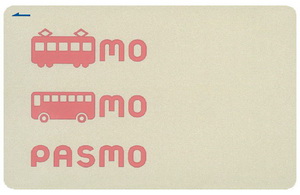Suica, Pasmo and IC Card
The Suica and Pasmo are two prepaid cards. They can be used to take the train, at vending machines, in certain shops and at coin lockers.
The two cards are equivalent and can be used throughout Japan.
The two cards give you a small discount on the Tokyo metro and take the hassle out of buying a ticket each time. In fact, just put it on the reader at the station entrance and then do the same operation at the exit. The cost of the ticket will be automatically deducted from your card.
You can make these two cards at ticket vending machines. You can also reload the cards at the machines.
For children between 6 and 11 years old, there is a special card that gives a 50% discount on transport. To get this card you have to go to a JR office or metro (or other company). It cannot be done at the machines.
If you have an iPhone smartphone, you can upload Suica and Pasmo to your wallet.
Suica
Suica is the prepaid card issued by JR East. It is compatible with the main IC Cards in Japan and can therefore be used where these prepaid cards are accepted.
Suica expires after 10 years from the last use.
Tourists can purchase the Welcome Suica which is valid for 28 days and does not have a deposit of 500 Yen and cannot be returned.
IMPORTANT: The Welcome Suica is only available at Haneda Airport Terminal 3 at the vending machines and the JR EAST Travel Service Center.
As of June 8, 2024, the sale of Suica is temporarily suspended.
Pasmo
PASMO is Tokyo’s transport card. It is equivalent to the Suica. You can use it throughout Japan like the Suica.
The PASMO expires 10 years after the last use.
Tourists can purchase the Pasmo Passport, which is valid for 28 days and does not have a deposit of 500 Yen and cannot be returned.
IMPORTANT: From August 2024 the Pasmo Passport will no longer be sold. It may happen that the card will no longer be available before this period.
The sale of Pasmo is currently suspended.
Icoca, Toica, Manaca, Kitaca, Nimoca, Sugoca
In addition to the more famous Suica and Pasmo, other IC Cards (compatible and usable like Suica and Pasmo) can be found in the rest of Japan. These IC Cards are issued for example by JR Hokkaido, JR Central and JR Kyushu.
Each card can only be returned like the others at a ticket office of the company that issued them.
Operation is identical to Suica and Pasmo.
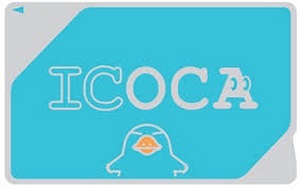
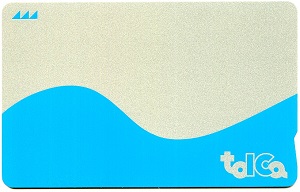
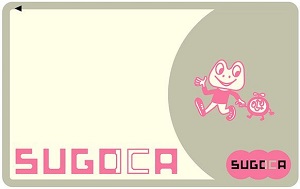
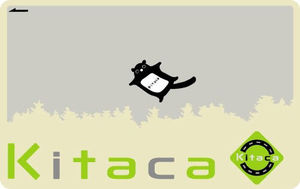
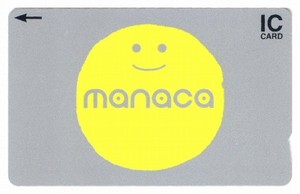
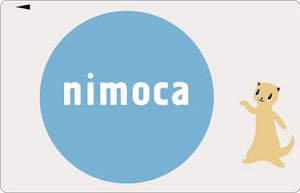
Where do you buy, recharge and see your remaining credit?
Suica can be purchased at ticket vending machines with the Suica symbol (as pictured). At the machines you can also top up your card (up to a maximum of 20000 Yen) and see your remaining credit.
Suica’s basic prices are 1000, 2000, 3000, 4000, 5000 and 10000 Yen. This price includes the 500 Yen deposit.
You can return the Suica at the JR East offices (note, it cannot be returned in Osaka for example). For the Pasmo, please contact the underground offices. You will be refunded the 500 Yen deposit and the remaining credit with a 220 Yen penalty. So if you have a credit of 1000 Yen, you will be given 500 Yen (cost of the card) + 780 Yen (remaining credit minus the penalty) so 1280 Yen. If your remaining credit is equal to or less than 220 Yen, you will only be given the 500 Yen card fee. I still recommend that you run out of credit before leaving and keep the card as a souvenir or for a future trip, as it is valid for 10 years from the last top-up.
For IC Cards for children between the ages of 6 and 11 years old, please contact the JR or metro offices.
